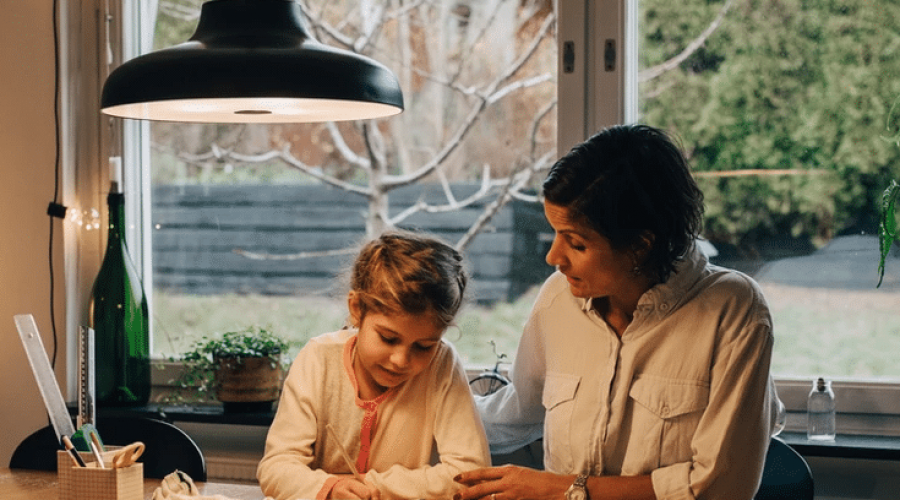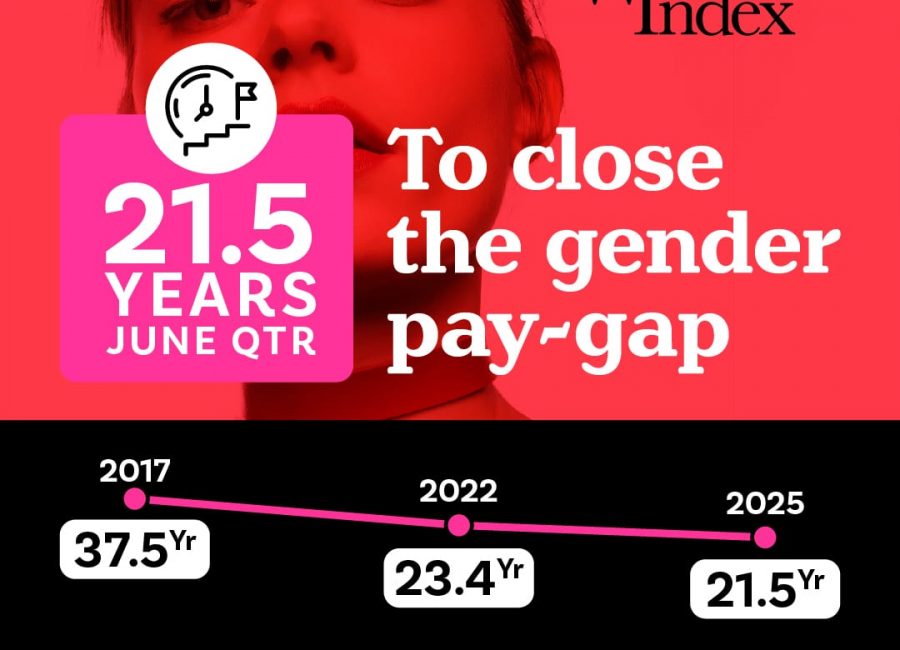The pink recession, she-cession, pink-collar recession. Whatever you want to call it, the impact of COVID-19 has not been gender-neutral and its forcing some women to opt out.
We continue to see Australia’s key economic indicators bounce around as we cycle in and out of lockdowns and varying degrees of restrictions.
While men and women have experienced the same ups and downs in hours worked throughout the pandemic, fluctuations for women tended to be much more pronounced.
Women have tended to be more impacted by the pandemic due to several reasons.
They are more likely to be in industries that have been more affected such as hospitality and retail. A larger proportion of the casual and part time workforce is women.
And, perhaps most importantly, women may move in and out of the workforce for other reasons such as child care and other unpaid work.
This release of the Financy Women’s Index shows a big improvement in the gender underemployment gap.
However, if we dig a bit deeper into the data, there is an important sub-story that needs to be told.
There were more men and women who worked less than usual hours due to economic reasons (including being stood down or insufficient work).
However, there were less women in part-time work who preferred more hours.
This means that women are not only impacted by economic cycles, but they are also more likely to willingly opt out of the workforce or reduce work hours due to non-economic reasons.
So, why would women want to work less or opt out of the workforce?
According to the Australian Bureau of Statistics, women are much more likely to not look for work due to child care and other family considerations or caring responsibilities compared to
Given this, it is important that our policies are designed to better equip women to be able to withstand economic shocks.
The next release of the Financy Women’s Index will be interesting as we see the impacts of the latest lockdowns and restrictions.
Based on our experiences and learnings from the last year, have we created an environment to better prepare women to withstand the latest economic shock?
Join the Financy Membership and help move the dial on women’s financial progress to equality. Be part of our social communities that support achieving fearless economic equality on LinkedIn and Facebook or follow our official pages on LinkedIn, Facebook, Instagram and Twitter.












